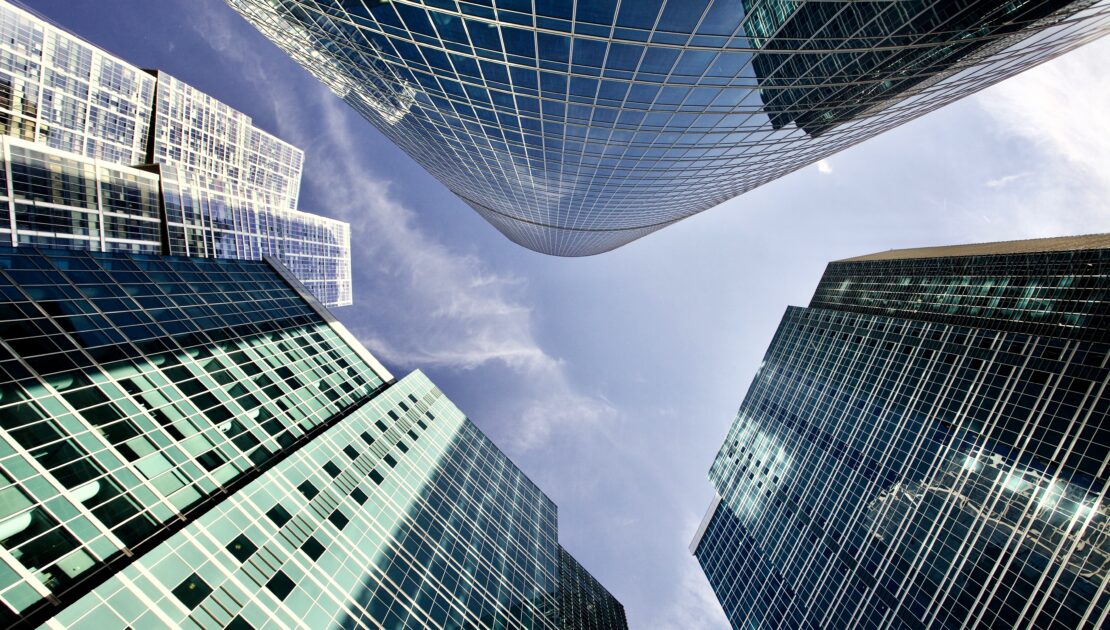7 Factors Driving Commercial Property Insurance Costs

Several cost-driving trends have contributed to the hard commercial property insurance market. This environment has led to continuous rate increases and other challenging conditions. In these circumstances, it’s crucial for businesses to understand why premiums have been rising. This article discusses seven factors currently impacting commercial property insurance costs.
- Catastrophic losses—Hurricanes, tornadoes, wildfires, winter storms and other natural disasters can cause severe losses, and these events have been increasing in frequency and severity. According to industry research, these disasters have cost the global economy more than $100 billion in annual insured losses in five of the last six years. Additionally, several climate experts predict natural disaster trends will exacerbate catastrophic losses in upcoming years.
- Inflation—The U.S. Bureau of Labor Statistics (BLS) reported that the consumer price index (CPI) reached a 40-year high in June 2022 and remained at near-record levels for the remainder of the year. Although the CPI increase has slowed in 2023, it still remains elevated. This raises the cost of certain building materials and associated repair costs. These conditions play a significant role in rising commercial property insurance claim costs.
- Labor shortages—The recent labor shortages have led to construction project delays. These pauses lead to higher completion costs, which, in turn, drive up the related commercial property insurance costs.
- Supply chain disruptions—As demand for certain materials continues to outweigh available inventory and global port congestion and geopolitical conflicts remain, supply chain disruptions continue. Additionally, rising fuel and energy costs, severe weather events and labor shortages have slowed shipment and increased delivery times for many goods. These circumstances delay repairs and prolong commercial property insurance claims.
- Property replacement costs—Inflation, labor shortages and supply chain disruptions have led to high replacement costs for buildings, other structures and contents. According to the BLS, nonresidential construction costs have jumped 36% in the past few years. Material and labor challenges raise replacement costs, leading to higher commercial property insurance costs.
- Underinsurance concerns—As building repair and replacement costs increase, underinsurance concerns in the commercial property insurance space have grown as businesses fail to adjust their coverage limits accordingly. This increases an insurer’s exposure and results in higher prices.
- Reinsurance issues—Reinsurers have grown more selective in taking on risks as natural disaster and inflation trends have been difficult for them to navigate. This has grown the gap between reinsurance supply and demand. Additionally, some reinsurers started limiting or eliminating their capacity for certain exposures while rates continue to rise. These increased costs are passed onto policyholders.
Contact CMR Risk & Insurance Services, Inc. for more information.
Article Published By: Zywave, Inc.
